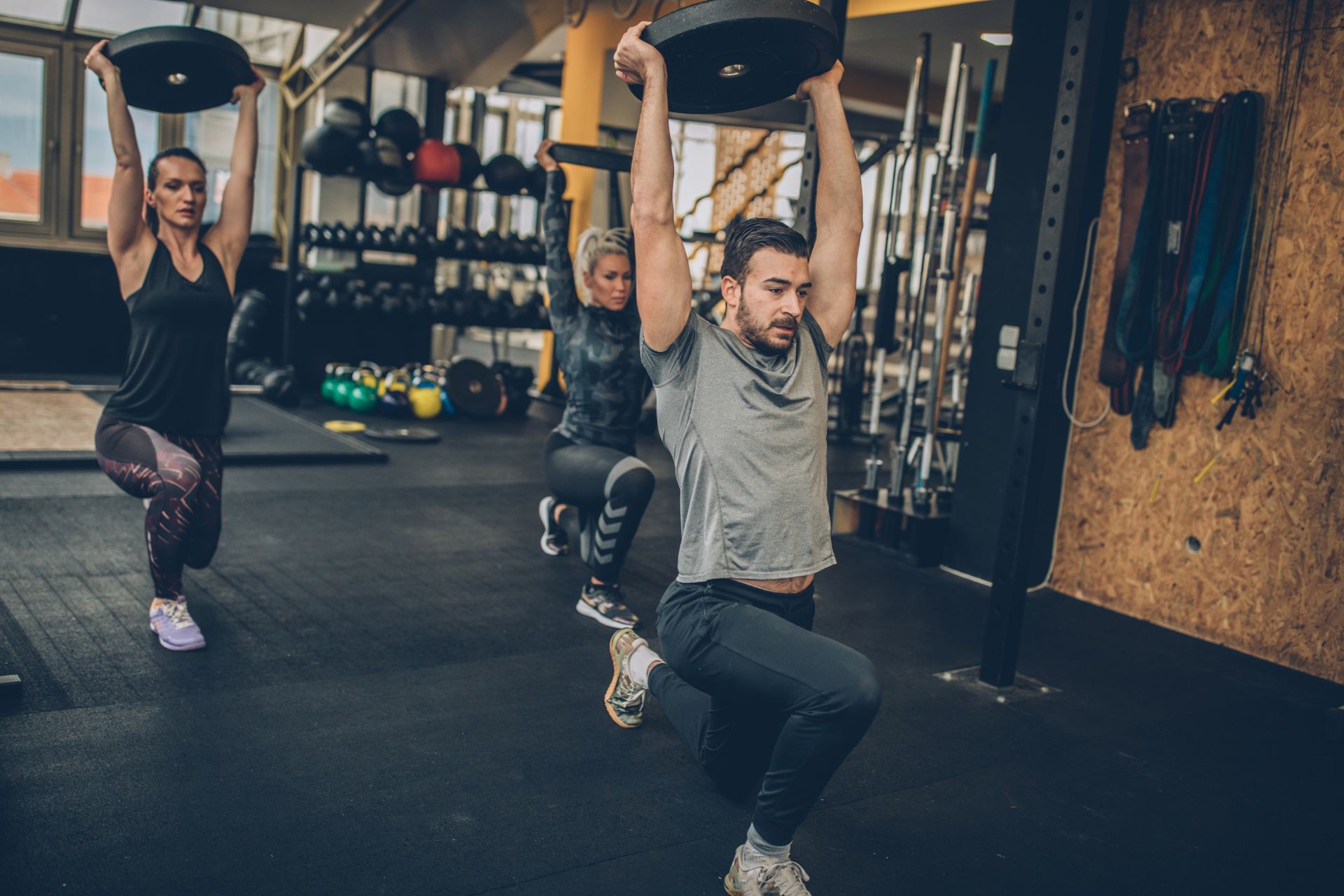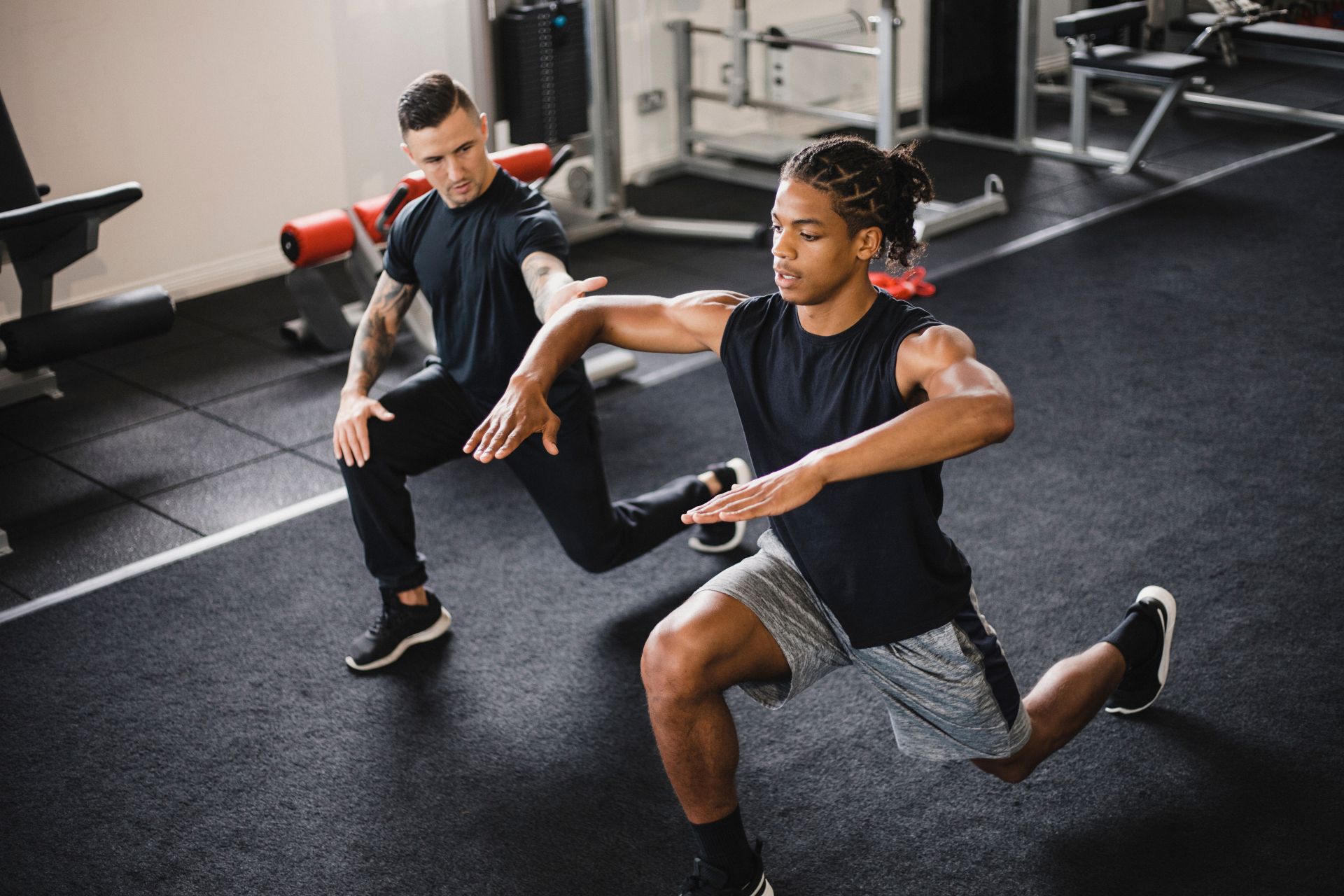Frequently Asked Questions
Dynamic balance exercises that are particularly effective for enhancing proprioception in individuals with a history of ankle sprains include single-leg stands on unstable surfaces, such as wobble boards or Bosu balls, which challenge the neuromuscular system and encourage joint stability. Incorporating dynamic movements like lateral hops, forward-backward lunges, and agility drills can further improve coordination while strengthening the peroneal muscles that support ankle stability. Additionally, performing heel-toe walks along straight lines promotes kinesthetic awareness by engaging sensory feedback mechanisms crucial for maintaining balance during functional activities. Plyometric exercises combined with visual perturbations—such as catching a ball while balancing on one leg—can also significantly enhance postural control and reaction time following an ankle injury. Regularly practicing these multifaceted dynamic exercises fosters adaptive strategies to prevent future sprains through improved proprioceptive capabilities and muscle recruitment patterns essential for athletic performance and everyday mobility tasks.
The incorporation of unstable surfaces, such as balance boards and foam pads, significantly enhances the efficacy of dynamic balance training aimed at preventing ankle instability by engaging proprioceptive mechanisms and neuromuscular control. These tools challenge the individual's center of gravity and require rapid adjustments in postural alignment, promoting synergistic muscle activation around the ankle joint. Research indicates that training on these unpredictable platforms fosters improvements in kinesthetic awareness and reflexive responses to perturbations, thereby reducing the risk of lateral sprains associated with sports activities. Additionally, utilizing unstable surfaces encourages enhanced vestibular input integration while simultaneously strengthening stabilizing muscles like the peroneals and tibialis anterior during functional movements; this comprehensive approach effectively fortifies overall lower limb biomechanics critical for maintaining stability under dynamic conditions characterized by sudden changes in direction or uneven terrain.
Neuromuscular control is a critical component in dynamic balance training protocols designed to mitigate the risk of recurrent ankle injuries, as it enhances proprioception, joint stability, and coordination through targeted exercises that engage specific muscle groups. By integrating plyometric drills, unstable surface training (such as using balance boards or foam pads), and agility workouts into rehabilitation programs, practitioners can improve an individual's postural alignment and reflexive responses during high-velocity movements. This heightened neuromuscular response facilitates better kinesthetic awareness and anticipatory adjustments to external perturbations, thereby decreasing the likelihood of ankle sprains by reinforcing ligamentous support structures. Furthermore, incorporating sport-specific scenarios within these training regimens allows for tailored adaptations that reinforce motor learning pathways essential for effective movement patterns under dynamic conditions. Ultimately, fostering robust neuromuscular connections not only bolsters functional strength but also cultivates an athlete's confidence in their ability to navigate unpredictable environments without compromising stability or risking injury recurrence.
Athletes, particularly those involved in high-impact sports such as basketball, soccer, and gymnastics, tend to benefit significantly more from dynamic balance training compared to sedentary individuals when it comes to preventing ankle instability. This specialized form of proprioceptive training enhances neuromuscular control and improves joint stability by targeting the intricate interplay between muscle strength, coordination, and agility required during rapid directional changes or landings. Research indicates that athletes who engage in plyometric exercises combined with dynamic balance drills exhibit a marked decrease in the incidence of lateral ankle sprains due to increased awareness of body mechanics and improved reaction times. Conversely, sedentary populations may experience some benefits; however, their baseline levels of physical conditioning typically limit the effectiveness of such interventions for injury prevention. Therefore, tailored programs emphasizing functional movement patterns are essential for these groups to address specific risk factors associated with reduced overall activity levels while maximizing stabilization around key joints like the ankles through enhanced postural alignment and core engagement strategies.
Technology, particularly motion capture systems and wearable sensors, significantly enhances the assessment and implementation of dynamic balance training programs by providing precise biomechanical data on gait analysis, postural control, and movement patterns. These advanced tools enable practitioners to quantitatively evaluate an individual's stability limits, weight distribution shifts, and center of mass adjustments during various functional tasks such as single-leg stands or lunges. By integrating real-time feedback through visualizations or auditory cues derived from sensor data, trainers can tailor interventions that target specific deficits in proprioception or vestibular function. Moreover, the incorporation of machine learning algorithms allows for personalized progression within balance training regimens by continuously monitoring performance metrics like reaction time and coordination under different perturbations. Consequently, this technological synergy not only improves adherence to rehabilitation protocols but also optimizes outcomes related to fall risk reduction among diverse populations ranging from athletes to older adults recovering from injuries.

